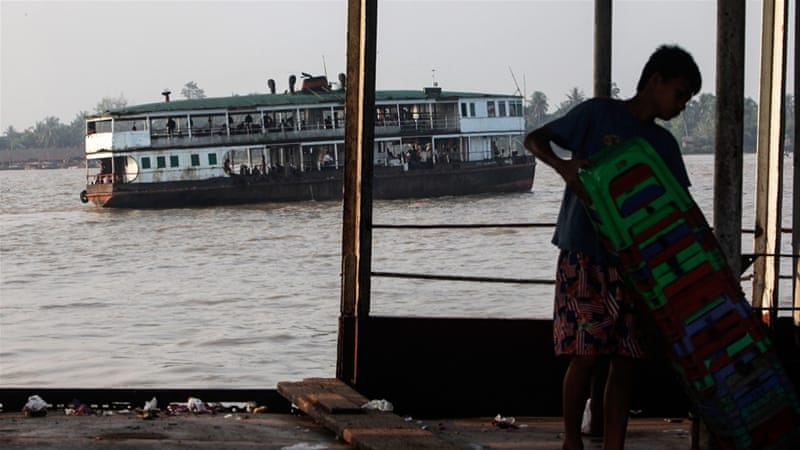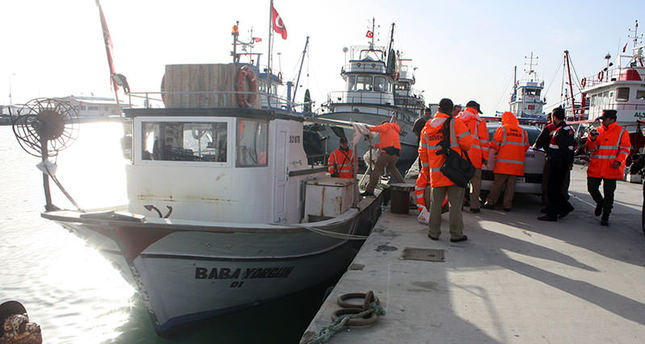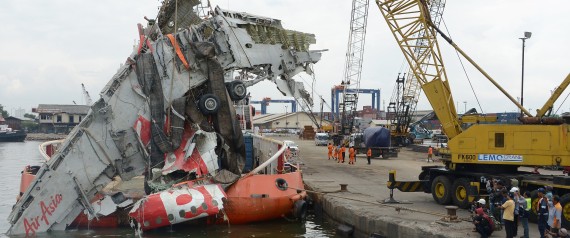
Problem of people missing during and after armed conflicts unfortunately relates to Georgia too. According to various sources, there is significant number of people who got missing during and in relation with armed conflicts of last decades in our country.
It is known that the International Committee of the Red Cross (ICRC) is actively involved in the process of searching of those people.
Ms Jelena Milosevic Lepotic, who coordinates the work related to issues of missing persons and their families, tells us more about the role and activities of the International Committee of the Red Cross.
Indeed, there are over 2000 persons missing from the conflicts of the last decades and families are still waiting for answers,. Families are ageing and they told us many times that all they want is to have an answer and be able to give a proper burial to their relatives.
The ICRC initiated a "Missing project" which aims at addressing the issue of people who were unaccounted for as a result of armed conflicts in order to prevent disappearances, locate missing persons, and also to address the needs of their families. It is important to recall that the families of the missing persons should also be seen as victims of conflicts. An international conference was organized in Geneva in 2003, which led to recommendations and best practices on various issues linked with the disappearance of people, which unfortunately excessively occurs in conflict affected countries all over the world. Georgia has, unfortunately, not been spared. Thus, it is extremely important to try to implement and put into practice what has been recommended following the Conference. Aside from the various needs the families of missing persons are facing, the most crucial one is their need to know the whereabouts of their loved ones. In Georgia, we are actively working with all the parties involved in order to address this issue of the missing people in a purely humanitarian manner in order to find their whereabouts and if deceased, to identify and hand over the human remains to the families to allow them have a proper funeral ceremony and do their mourning.
In 2010, we succeeded to set up two humanitarian mechanisms: one addressing the issue of persons who disappeared in relation with the 1989-1992 and 2008 conflicts and the other addressing the issue of persons who went missing in relation to the 1992-1993 conflict. Both mechanisms are chaired by the ICRC.
It is important to mention that the authorities are actively involved in the process. I would say we see that the Georgian, Abkhaz, South Ossetian and Russian participants to the process do realise their responsibility in getting answers for the families of missing persons.
You mentioned the two coordination mechanisms that were established and work under the auspices of the ICRC. How successful is the work of those mechanisms? What are the results achieved by now?
The two mechanisms that we established are: the Bipartite Coordination Mechanism for Clarifying the Fate of Persons Missing in Relation to 1992-1993 Armed Conflict and after and the Tripartite Coordination Mechanism for the Clarification of the Fate of Persons Missing from the August 2008 armed conflict and earlier hostilities.
Despite the complexity of the process, the work of the two mechanisms does bring concrete results. The participants to the Bipartite Coordination Mechanism keep on meeting on regular basis and exchanging information relevant to the work. The ICRC provides support with technical expertise within the framework of its mandate of a neutral humanitarian organisation. The Tripartite Coordination Mechanism is presently facing some difficulties, yet the ICRC continues providing support to the participants to overcome present difficulties and continue successful bringing of answers to the families that await them.
So far, the following results have been achieved:
Following the decision made by the Bipartite Coordination Mechanism, experts from the Argentine Forensic Anthropology team were invited by the ICRC to support exhumations and analysis of 64 sets of human remains of unidentified persons that died during the 1992-1993 armed conflict and who were subsequently buried in the site of Park Slavy in Sukhumi. . Remains of 21 individuals have been identified and returned to their families since December 2013. In 2014, exhumations of 2 sites containing remains of persons who died in the 1993 plane crash at the Babushera Airport took place. Remains of 55 individuals were exhumed and analysed. Following the DNA and anthropological analysis, remains of 9 persons have been identified.
In parallel to work of the two mechanisms, we have also initiated a project in favour of the families of the missing people.
What kind of support do you provide to families of missing individuals?
Under the project Accompaniment of Families of Missing Persons, local non-governmental organizations, Georgia Red Cross Society and a number of enthusiastic individuals in cooperation with the ICRC provided psychological, legal, social, economic and psychosocial support to the families of missing. The aim of the project is to address their various needs, and assist them to live with their ambiguous loss.
Based on their feedback this work seems to be very much appreciated. These people feel that they are not forgotten and that their specific needs are taken into consideration.
You informed about exhumations in Babushera, Sukhumi and Tbilisi. According to various media sources, some other graves might as well be exhumed. What additional information could you give us on that issue?
As mentioned previously, the participants to the Bipartite Coordination Mechanism agreed and carried out exhumations at the sites of Park Slavy (Sukhumi), Babushera and Digomi (Tbilisi). So far, remains of 30 persons have been identified and handed over to their families both in Sukhumi and in Tbilisi. The first identifications of remains exhumed from Babushera were reached in December 2014 when one family received remains of its four missing family members. Identification of 5 more individuals exhumed from Babushera has been reached and Georgian participants to the Bipartite Mechanism (Ministry of IDPs and Refugees and the National Forensic Bureau Medical Department and Morgue), with support of the ICRC, organised the handover of the identified remains to the families in February 2015. More identifications can be expected as the process of identification using anthropology and DNA analysis continues.
What ensures accuracy of identification of human remains? What are the standards applied in this complex activity?
A multi-disciplinary approach is taken towards the identification of human remains. This includes using different types of information such as data about the missing person when they were alive, the circumstances of disappearance, DNA reference samples from family members and reliable information about the location about where the bodies may have been buried. This information is compared against data collected during the scientific recovery and analysis of the human remains as well as DNA samples that are taken from the skeletal material. In this way, multiple lines of enquiry and all supporting evidence is used for a positive identification. This approach follows international best practice in the identification of human remains and ensures confidence in the results.
What are the plans for the future?
The Bipartite Coordination Mechanism and its Forensic Working Group will continue meeting regularly. The next meeting is preliminary agreed to take place sometime in the spring in Istanbul. The dates are still not confirmed. It is expected that the participants will continue working on the collection of information about potential burial places to enable future exhumations, identifications and hand overs to the concerned families.
In order to have the process running smoothly, it is expected that all institutions directly and indirectly supporting the process fulfil their agreed roles: e.g. The Ministry of IDPs and Refugees continues collecting and managing information through its department for missing persons, the National Forensic Bureau DNA laboratory continues assisting the ICRC-led and financed process of collection and storage of biological reference samples and the Georgian government continues financing the process of DNA profiling of the biological reference samples collected from family members of missing persons, etc.
At the same time, safeguarding this humanitarian process from political agenda is highly important. The ICRC together with the Georgian and Abkhaz participants will continue ensuring that the nature of the coordination mechanism – non-politicized, non-reciprocal, and humanitarian – is maintained in the future.
The ICRC will recommend to the Georgian government to form a state commission on missing persons that will facilitate a standardised and centralised management of data on missing persons, their families, potential gravesites, and other relevant data. It is hoped that this will in turn facilitate clarification of the fate and whereabouts of those registered as missing and provide long-awaited answers to their families.
Wednesday 18 March 2015
http://www.messenger.com.ge/issues/3330_march_17_2015/3330_interview.html





